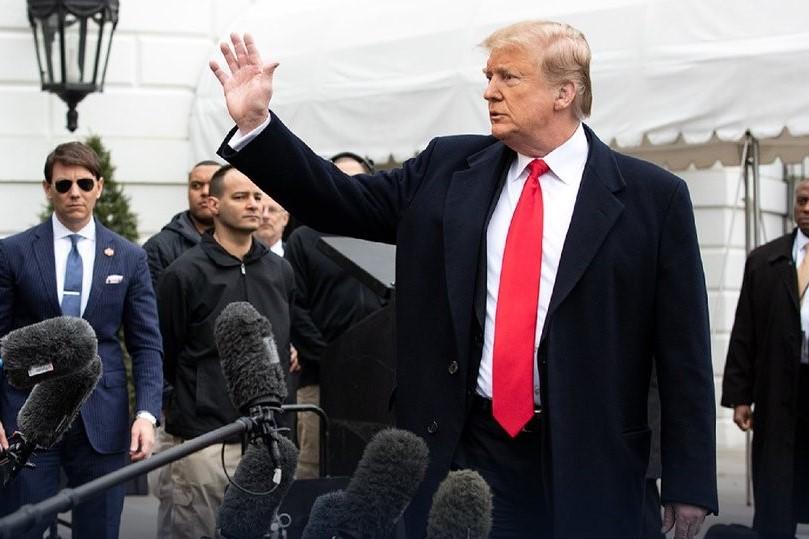NFT, GameFi sectors show optimistic trends

By Hannah Parker
A non-fungible token (NFT) is a distinct digital identification used to verify ownership and authenticity and maintained on a blockchain. It may not be copied, exchanged or shared. These tokens are similar to cryptocurrencies and have additional features that distinguish them from other virtual goods.
After the initial frenzy that followed their rise in popularity, NFTs have plummeted. Many NFTs saw a dramatic decline in value, leading some to question their long-term viability.
As Web3 technology develops rapidly, non-fungible tokens are capturing mainstream audiences worldwide.
In recent years, non-fungible tokens (NFTs) have been an integral part of the cryptocurrency industry. However, they have spread far into the public consciousness because of their value and utility across many industries, according to experts from Bitcode Method official.
High demand for NFTs
Jackson DuMont, Director of Video Production at Cointelegraphdigs into the details of NFTs and emphasizes how crucial the blockchain technology at its core is to establishing ownership of digitally rare assets: “NFTs provide unique, verifiable and immutable proof of ownership of digital goods. True digital ownership of assets through NFT is a revolutionary idea that is transforming how we interact with the internet.”
NFTs come in many forms, from the best NBA highlights to exclusive artwork by some of the most talented artists in the world. The technology is also used to find solutions to problems in real use cases, such as ticket sales.
NFT trading volume increased to $2.71 billion in Q3, down 67% from Q2 in 2022. But the number of sales has increased from Q2 by 8.3%. The latest DappRadar Industry Report noted this.
Compared to August 2021, NFT trading volume increased by 10.4% in September alone. In addition, the sales figure increased by 21%, which shows the still high demand for the NFT industry. On the other hand, the reduction in the value of the cryptocurrency market may have contributed to the overall decline in trading volume.
The data also showed that while the volume of NFT trades on Ethereum rose by 11%, it fell by 76% since Q2. Although up 96% in the past month, Solana’s NFT trading volume is still down 63% from Q2.
The introduction of the Y00ts collection, which gave Ethereum NFTs a run for their money, fueled the latter development. A month after its introduction, it surpassed NFT’s major OpenC volume charts, bringing in 435,000 SOLs, or nearly $15 million in secondary sales. Renga is a different collection that has dominated the NFT market in addition to Y00ts.
During the bear market, the industry experienced severe stagnation, but blue chips such as Yuga Labs, Cryptopunks, Mutant Ape Yacht Club and Bored Ape Yacht Club have continued to lead. More than 46.21% of the total NFT market value comprises these four projects.
Financial benefits of GameFi
An online video game that uses blockchain technologies, such as cryptocurrencies and non-fungible tokens, is referred to as a blockchain game (also known as an NFT game or a crypto game).
The term “GameFi” stands for commercialization of video games. It mainly refers to blockchain games that offer tokenized incentives to players while enabling player-as-owner frameworks instead of traditional player-as-consumer frameworks. It is distinguished by its “play-to-earn” (P2E) business model. Essentially, Blockchain games that offer financial rewards to players for their time and effort are powered by GameFi.
Blockchain-based games have been primarily unaffected and have continued to be profitable. Unique address wallets for the week rose 8% to 912,000 from August, indicating an upward trend. According to DappRadar“this is an optimistic indication for blockchain gaming since many have assumed that if gaming apps stop being financially beneficial to the average user, they will lose most of their player base. That turned out to be false.”
In terms of profitability in Blockchain games, NFTs are occasionally given to participants as a prize for participating in the game and winning. However, players can also purchase them on various NFT marketplaces. Players who have NFTs have the ability to sell them and generate money, regardless of how they obtained them. One of the easiest methods to make money from blockchain games is through this path.
Like all other NFTs, virtual objects that players can earn or buy in-game, such as skins, weapons, characters, in-game money, and even virtual land on the metaverse, can be bought or sold for profit.
Players can collect more assets, becoming more valuable as more people participate. The exciting aspect is that players can move, buy or sell these in game assets outside the game’s virtual environment in return for Bitcoin or real money according to their terms due to the games decentralized structure.
A potent fusion of blockchain technology and video games is GameFi. Players who put time and effort into these “play to earn” games are rewarded with tradable tokens. Most Web 3 games create their metaverse for players to assemble, have fun, interact with each other, participate in content, and so on. Today, the business draws more than 800,000 players every day. Due to the variety of benefits it provides, many people are attracted to GameFi. Ease of handling digital assets is one of them. GameFi 2.0 and Web3 game development will impact the metaverse in the future.


